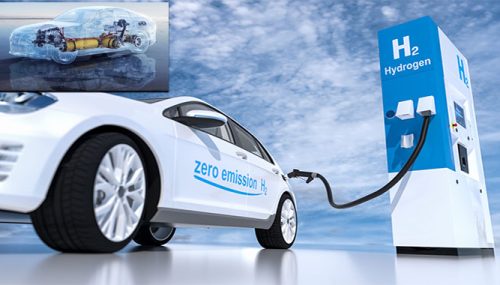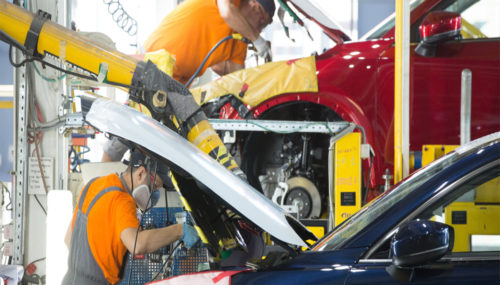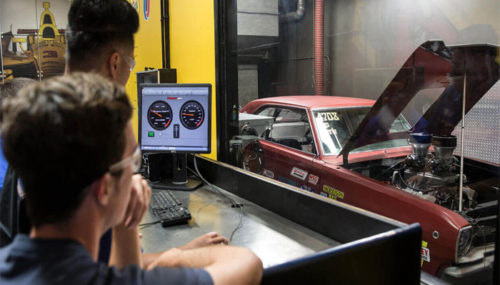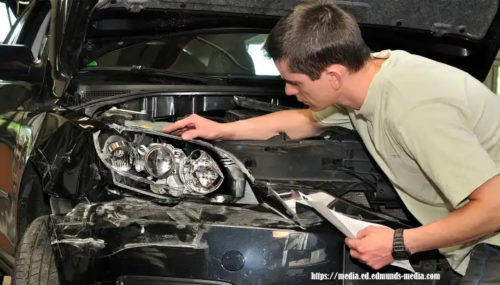Electric vehicles (EVs) are equipped with sophisticated thermal management systems to regulate the temperature of critical components such as batteries, motors, and electronics. Proper servicing and maintenance of these systems are essential to ensure optimal performance, efficiency, and longevity of an electric vehicle. In this article, we will discuss the best practices for servicing and replacing electric car thermal management systems to help EV owners and technicians effectively maintain their vehicles.
Importance of Thermal Management Systems in EVs
Thermal management systems in electric cars play a crucial role in:
- Maintaining Battery Health: Proper temperature control helps extend the lifespan of lithium-ion batteries by preventing overheating or overcooling, which can degrade battery performance over time.
- Optimizing Performance: Regulating the temperature of components such as electric motors and power electronics ensures efficient operation and maximizes power output during driving.
- Ensuring Safety: Controlling the thermal conditions of the vehicle’s systems reduces the risk of thermal runaway or fire hazards associated with high temperatures in EV components.
Best Practices for Servicing Electric Car Thermal Management Systems
- Regular Inspection: Conduct routine inspections of the thermal management system to check for leaks, damaged components, or signs of wear. Inspect coolant levels, hoses, pumps, and radiators for any abnormalities that may affect system performance.
- Scheduled Maintenance: Follow the manufacturer’s recommended maintenance schedule for servicing the thermal management system. This may include coolant flushes, filter replacements, and system diagnostics to ensure optimal functionality.
- Use OEM Parts: When replacing components of the thermal management system, always use original equipment manufacturer (OEM) parts to maintain compatibility and performance standards. Generic or aftermarket parts may not provide the same level of quality or reliability.
- Proper Fluid Handling: When servicing coolant systems, follow proper procedures for handling and disposing of fluids to prevent environmental contamination and ensure safe practices. Use recommended coolant types specified by the vehicle manufacturer.
- Diagnostic Testing: Utilize diagnostic tools and software to troubleshoot and identify potential issues with the thermal management system. Monitor temperature sensors, pumps, and other system components for accurate data analysis.
- Training and Certification: Ensure that technicians performing maintenance or replacements on electric car thermal management systems are properly trained and certified in EV servicing. Electric vehicles have unique components and safety considerations that require specialized knowledge.
Replacing Electric Car Thermal Management System Components
- Component Identification: Before replacing any components, identify the specific part that needs replacement based on diagnostic testing and inspection. This will ensure that the correct component is targeted for replacement.
- Safety Precautions: Disconnect the vehicle’s power source and follow safety protocols for working on electric vehicles to prevent electrical hazards. Wear appropriate personal protective equipment when handling coolant and system components.
- Professional Installation: If replacing complex components such as pumps, radiators, or control modules, consider seeking assistance from a certified EV technician or service center to ensure proper installation and system calibration.
- Testing and Calibration: After replacing any component of the thermal management system, conduct system tests and calibrations to verify proper functionality and temperature regulation. Monitor system performance to confirm that the replacement has resolved the issue.
By adhering to these best practices for servicing and replacing electric car thermal management systems, EV owners and technicians can maintain a reliable and efficient system that supports the overall performance and longevity of the vehicle. Prioritizing regular maintenance and quality repairs will contribute to the safety, reliability, and sustainability of electric vehicles in the long run.



















